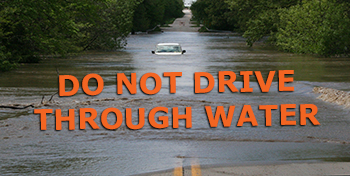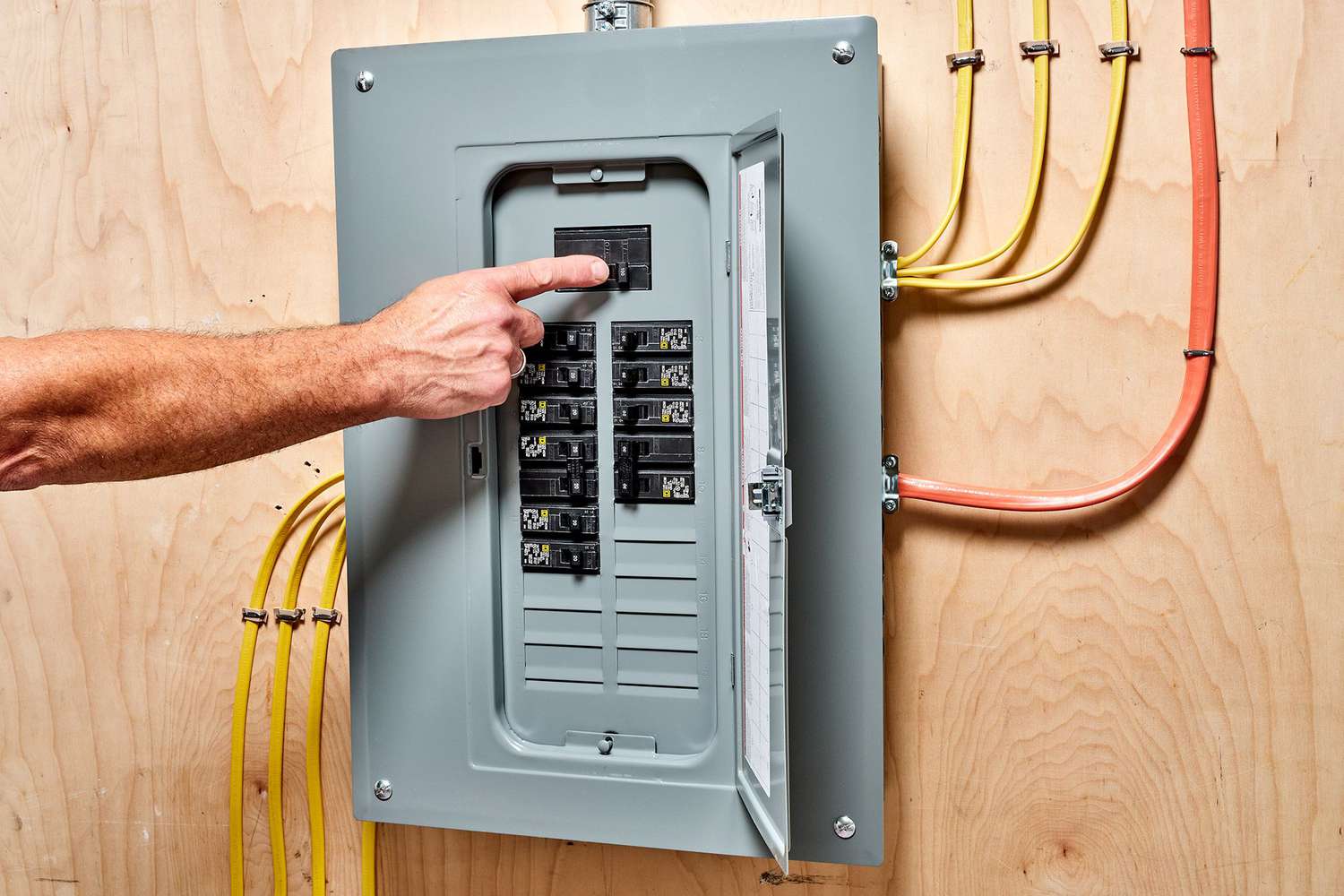Essential Flood Preparedness Tips to Keep You Safe
Floods can occur suddenly and have devastating effects on communities. Being prepared is crucial to ensuring your safety and the safety of your loved ones during a flood event. Here are some essential flood preparedness tips to help you stay safe:
Stay Informed
Monitor weather forecasts and flood warnings issued by local authorities. Stay updated on the current situation in your area to be prepared for potential flooding.
Create an Emergency Plan
Develop a detailed emergency plan with evacuation routes, meeting points, and important contact information. Practice this plan with your family members so everyone knows what to do in case of a flood.
Pack an Emergency Kit
Prepare an emergency kit that includes essential items such as non-perishable food, water, medications, first aid supplies, flashlight, batteries, and important documents. Keep this kit easily accessible in case of evacuation.
Safeguard Your Home
Elevate valuable items and electrical appliances in your home to prevent water damage during a flood. Install check valves in plumbing to prevent sewage backup into your home.
Stay Away from Floodwaters
Avoid walking or driving through floodwaters as they may be contaminated or hide dangerous debris. Just 6 inches of moving water can knock you off your feet.
Have a Communication Plan
Maintain communication with family members and neighbors during a flood event. Make sure everyone knows how to reach each other in case of separation or emergencies.
Listen to Authorities
Follow instructions from local authorities and emergency services during a flood event. Evacuate if instructed to do so and seek higher ground immediately.
By following these flood preparedness tips, you can better protect yourself and your loved ones during a flood emergency. Remember that being proactive and prepared is key to staying safe in challenging situations like floods.
7 Essential Tips for Effective Flood Preparedness
- Stay informed about the risk of flooding in your area.
- Create an emergency plan with evacuation routes and a designated meeting point.
- Prepare an emergency kit with essentials like water, food, medications, and important documents.
- Elevate utilities and electrical components in your home to minimize damage.
- Invest in flood insurance to protect your property and belongings.
- Keep gutters and drains clear to prevent water buildup around your home.
- Avoid walking or driving through flooded areas; Turn Around, Don’t Drown!
Stay informed about the risk of flooding in your area.
It is crucial to stay informed about the risk of flooding in your area to ensure your safety and preparedness. By monitoring weather forecasts, flood warnings, and updates from local authorities, you can be aware of potential flood threats and take necessary precautions to protect yourself and your loved ones. Being informed allows you to make timely decisions and respond effectively in case of a flood event, ultimately reducing the risks and impacts associated with flooding.
Create an emergency plan with evacuation routes and a designated meeting point.
Creating an emergency plan with evacuation routes and a designated meeting point is essential for effective flood preparedness. By mapping out escape routes and establishing a central meeting location, you ensure that everyone in your household knows what to do in case of a flood emergency. This proactive approach not only helps streamline communication and coordination but also increases the chances of a safe and organized evacuation process. Remember, having a well-thought-out plan can make all the difference in keeping your loved ones safe during a flood event.
Prepare an emergency kit with essentials like water, food, medications, and important documents.
It is crucial to prepare an emergency kit with essential items such as water, non-perishable food, medications, and important documents as part of your flood preparedness plan. Having these supplies readily available can make a significant difference in ensuring your safety and well-being during a flood event. Water and food provide sustenance, medications cater to health needs, and important documents like identification papers and insurance policies help in post-flood recovery efforts. By assembling an emergency kit ahead of time, you can be better equipped to handle the challenges that may arise during a flood and increase your chances of staying safe and secure.
Elevate utilities and electrical components in your home to minimize damage.
Elevating utilities and electrical components in your home is a crucial step in flood preparedness to minimize damage. By raising these essential systems above potential flood levels, you can reduce the risk of electrical hazards, water damage, and costly repairs. Ensuring that these components are elevated can help safeguard your home and maintain functionality during and after a flood event, enhancing your overall safety and preparedness efforts.
Invest in flood insurance to protect your property and belongings.
Investing in flood insurance is a crucial step in protecting your property and belongings during a flood event. Standard homeowners’ insurance typically does not cover flood damage, so having a separate flood insurance policy can provide financial security and peace of mind. By being proactive and securing flood insurance, you can ensure that you are financially prepared to recover and rebuild in the aftermath of a flood, minimizing the impact on your property and belongings.
Keep gutters and drains clear to prevent water buildup around your home.
To prevent water buildup around your home during a flood, it is essential to keep gutters and drains clear. Clogged gutters and drains can lead to water pooling near your home’s foundation, increasing the risk of flooding. Regularly inspecting and clearing gutters and drains can help ensure that rainwater is effectively diverted away from your property, reducing the likelihood of water damage during a flood event. By maintaining clear gutters and drains, you can better protect your home and minimize the impact of flooding on your property.
Avoid walking or driving through flooded areas; Turn Around, Don’t Drown!
It is crucial to avoid walking or driving through flooded areas during a flood event. Remember the saying, “Turn Around, Don’t Drown!” Just 6 inches of moving water can knock you off your feet, and as little as 12 inches of water can sweep away a car. It’s important to prioritize safety and never underestimate the power of floodwaters. Stay informed, stay cautious, and always choose a safe route to protect yourself and others from the dangers of flooding.




